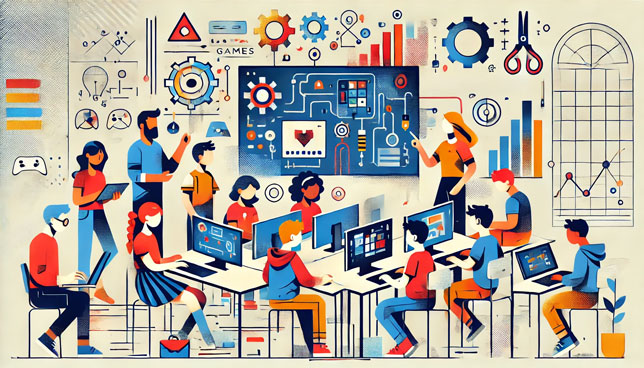
In the face of achievement declines, instructional audio is helping classrooms feel more interactive, making it easier for students to follow along, and even saving teachers’ voices from exhaustion.

Generative AI is already shaping the future of education, but its true potential is only beginning to unfold.

The Max Schoenfeld School, a public school in the Bronx serving one of the poorest communities in the nation, is taking an innovative approach to improving student literacy.

What should K-12 and higher education institutions expect on the cybersecurity front in the coming year? Here's what the experts told us.

What should schools and districts expect from the evolving landscape of artificial intelligence in the coming year? Here's what the experts told us.

How will evolutions in education technology impact schools and districts in the coming year? Here's what the experts told us.

When evaluating which ed tech tools to adopt, evidence of impact is one of the most important factors to consider.

Student mental health is in crisis, and excessive screen time is a significant factor. Here are four ways to help students find and maintain a healthy balance with technology.

It's time to move beyond the limitations of prevention-only cybersecurity and adopt a multi-layered security strategy to combat a new era of cyber threats for K-12 schools.

Beginning in funding year 2025, WiFi hotspots will be eligible for E-rate Category One discounts. Here's what you need to know about your school's eligibility, funding caps, tracking requirements, and more.